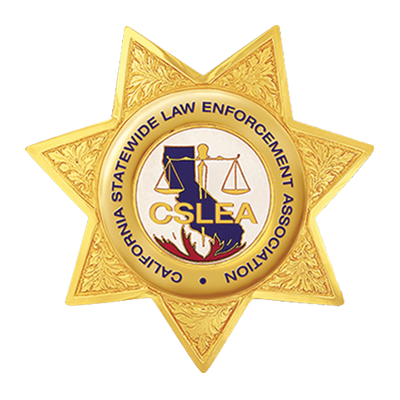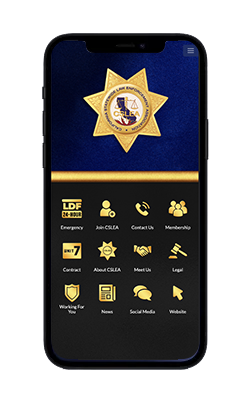 “We testify without letting emotions enter into it, but it’s not easy to deal with people of any age being killed by crimes of violence, and it’s just that much tougher when it’s a child. You don’t forget these kinds of things.” – AC-DOJ President, CSLEA Director John Miller
“We testify without letting emotions enter into it, but it’s not easy to deal with people of any age being killed by crimes of violence, and it’s just that much tougher when it’s a child. You don’t forget these kinds of things.” – AC-DOJ President, CSLEA Director John Miller
SAN ANDREAS- Week two in the trial of a now 15-year-old Calaveras County boy accused of killing his eight-year-old sister in April 2013 contained testimony by four California Statewide Law Enforcement Association (CSLEA) members.
Prosecutors called upon Assistant Lab Director Bradley Swanson, Senior Criminalist Libby Schreiber and Criminalist Gordon Wincott who all work in the California Department of Justice (DOJ) Crime Lab in Ripon, and Latent Print Analyst Terry Hamlin from the DOJ Latent Print Lab in Sacramento, to answer questions about how forensic evidence from the murder scene was collected and analyzed.
Leila Fowler, 8, was stabbed to death inside her Valley Springs home. Her brother, 12-years-old at the time, was arrested two weeks later. The boy was the only other family member home at the time of Leila Fowler’s death and claimed an intruder was to blame.
Testifying as a witness to the evidence is never an easy part of a criminalist’s or latent print analyst’s job, said CSLEA Director and Association of Criminalists-DOJ President John Miller.
“On the one hand, we are neutral, impartial participants in the judicial process. The evidence is what it is, and our job is to present it, using scientific techniques that are accepted by the forensic scientific community, as accurately, fairly and objectively as possible, no matter who benefits or is disadvantaged by our findings,” said Miller. “That said, we are human, and while murder is always a sad event, it is worse when the victim is a child. No one wins when someone is murdered, even when the perpetrator or perpetrators are put on trial. By the time the trial comes around, the crime has now become a matter of justice involving courts and lawyers, and the decisions of guilt and innocence are left up to juries, and, sometimes, solely in the hands of judges. We testify without letting emotions enter into it, but it’s not easy to deal with people of any age being killed by crimes of violence, and it’s just that much tougher when it’s a child. You don’t forget these kinds of things.”
“I met some of our members in the DOJ crime lab in Ripon during my visit there last October,” said CSLEA President Alan Barcelona. “These are very intelligent professionals who process and evaluate evidence. While they don’t become emotionally involved in the lab, I imagine, in the courtroom, with the victim’s and defendant’s family present, the case may become a bit more real to them on an emotional level. It can’t be easy.”




